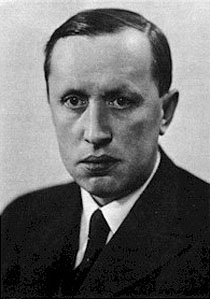Flashback Friday - Flash Gordon and Buck Rodgers

Back when pulps first gained popularity, certain characters began to cross over into more popular forms of media. The two most notable characters to do this in the genre of science fiction were Buck Rogers and Flash Gordon, both of which began being circulated in newspapers all over the United States as comic strips. Buck Rogers was first. He made his initial appearance in the August 1928 edition of Amazing Stories . In it, his character was introduced as Anthony Rogers in the story Armageddon 2419 , written by Philip Francis Nowlan. The young Rogers was a veteran of The Great War (World War I), working for the American Radioactive Gas corporation, researching strange phenomenon in the abandoned coal mines of Wyoming Valley in Pennsylvania. A cave-in took place, trapping Rogers inside, and exposing him to radioactive gases which slowed his metabolism and put him in a state of suspended animation. (Keep in mind, th...



